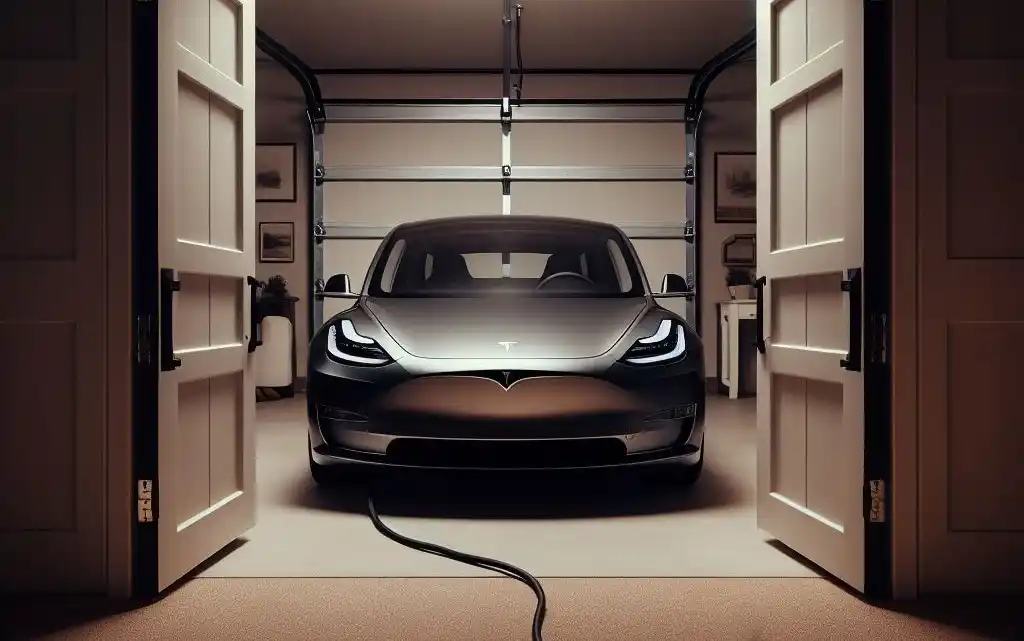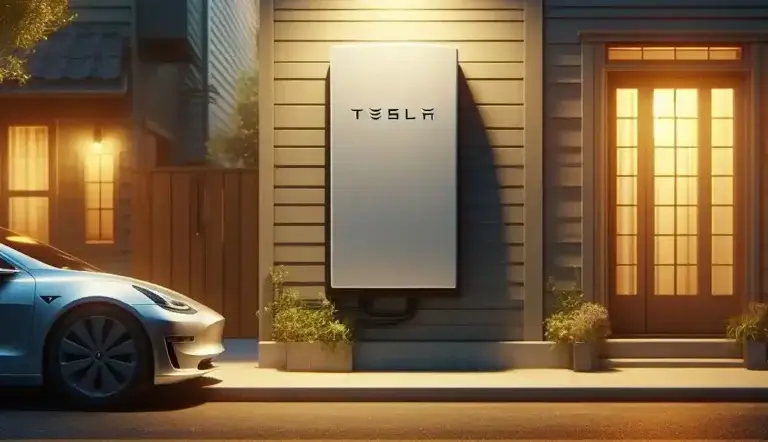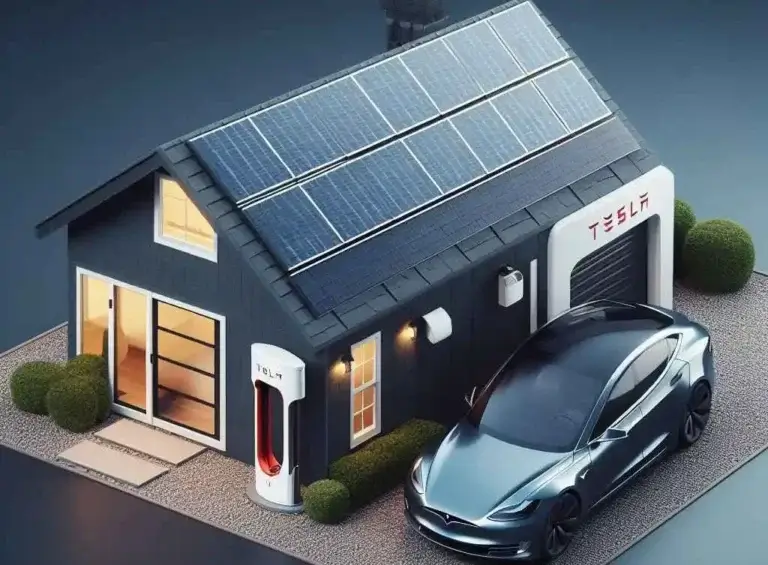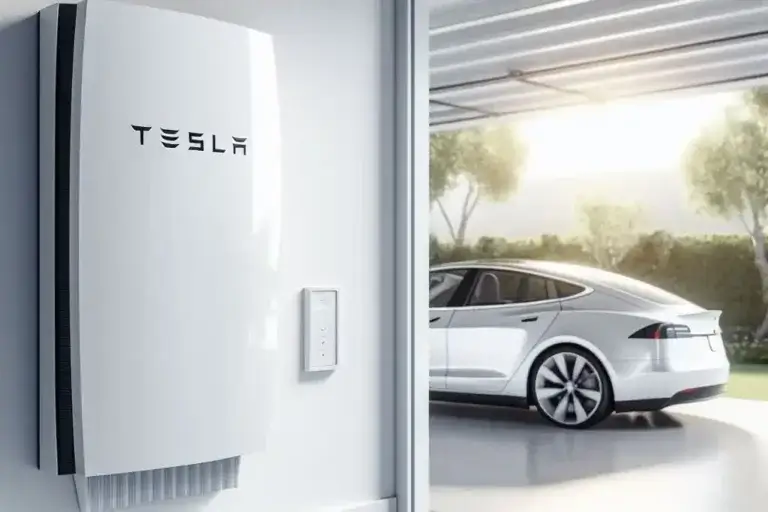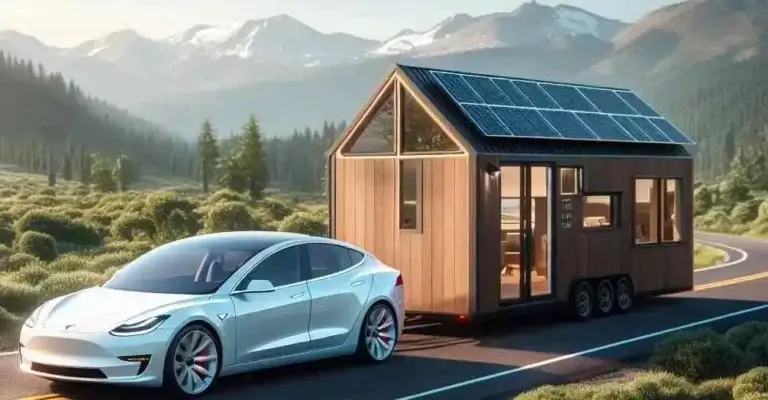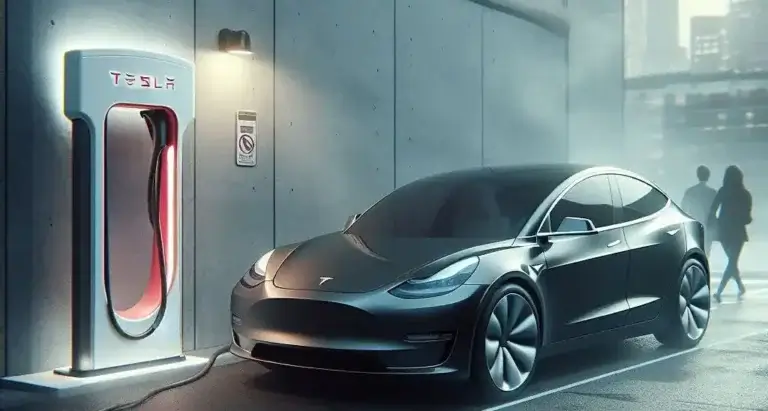Popping Sound When Charging Tesla – What’s Causing That Loud Noise?
Have you ever plugged in your Tesla to charge and heard a loud popping or cracking sound coming from the vehicle? Many Tesla owners have reported hearing these odd noises during charging sessions. In this comprehensive guide, we’ll uncover what’s causing that Popping Sound When Charging Tesla and other electric vehicles.
I’m an EV enthusiast and owner who has experienced these sounds firsthand. After researching the issue extensively and consulting Tesla technicians, I’ve gotten to the bottom of what makes EVs pop and crackle during charging.
Table of Contents
why does my Tesla make a popping noise when charging
That popping or cracking sound coming from your Tesla Model 3 or other electric vehicle is most likely related to thermal expansion in the battery pack.
As an EV battery cell charges, it generates heat. The hotter the battery gets, the more it physically expands. When it cools and contracts, it makes a popping or cracking noise.
This thermal expansion and contraction of batteries make sounds we’re not used to hearing from regular gas vehicles. But in EVs, it’s a common and mostly harmless occurrence.
In essence, the loud popping happens because:
- EV battery packs generate significant heat during charging
- This heat causes the physical expansion and contraction of battery cells
- The flexing and cooling of batteries produces audible popping/cracking
It’s physics in action! Now let’s explore specifically why EV batteries produce heat and what factors make the popping worse…
Why Do Electric Vehicle Batteries Get So Hot During Charging?
EV batteries produce noticeable heat and thermal expansion while charging because:
- They are designed to charge incredibly fast
- Fast charging requires high-voltage power delivery
- More electricity = more heat generated
An EV like the Tesla Model 3 or the upcoming Tesla Cybertruck can gain up to 200 miles of charge per hour on DC fast chargers. That’s 25-30 times quicker than Level 2 charging!
To transfer energy that quickly, fast chargers subject the battery pack to up to 250 kilowatts of power. That’s about five times more powerful than the fastest household chargers.
All this extra electricity flowing into battery cells generates significant heat. Additionally, the cells chemically react during charging, which produces even more heat.
The result is that small EV battery cells rapidly heat up to 45-60° Celsius / 115-140° Fahrenheit during typical fast charging sessions.
As you can imagine, that temperature swing causes the battery pack to expand and contract a noticeable amount as it heats up and then cools down again after charging. Hence, loud pops and cracks!
When Does the Popping Sound Happen?
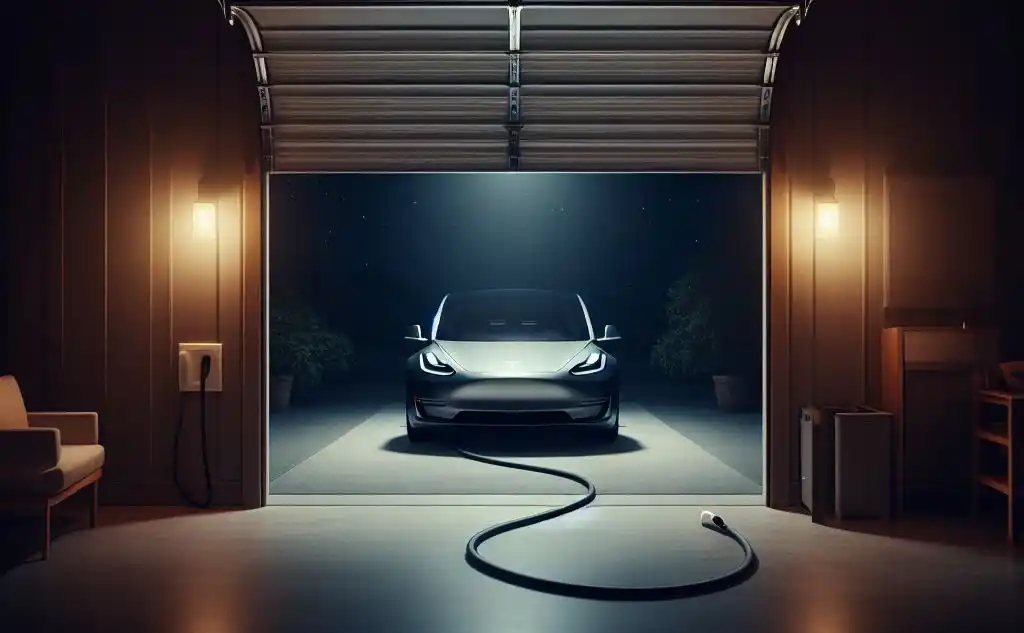
You’ll most often hear popping sounds from your Tesla or other EV battery pack during DC fast charging sessions.
Using Level 1 or Level 2 chargers at lower power levels is less likely to produce loud pops from thermal expansion. However, it still happens occasionally depending on conditions.
Here are the main times you can expect to hear cracking/popping noises while charging:
Starting Charging
It’s common to hear a loud pop when first connecting the charger, especially cold weather. The battery quickly draws a lot of power, heats up rapidly, and expands.
Teslas also run various self-tests and calibrate voltage at the start of charging. This can make their own unique clicks and noises unrelated to thermal expansion.
During Fast Charging Sessions
Frequent popping happens while DC fast charging due to sustained high electrical loads. The cells continuously flex as they heat up and then cool off in cycles.
Towards the end of a charging session around 80-90% battery capacity, the vehicle’s charging rate slows down, resulting in less popping noises.
High Ambient Temperature + Charging
Hot outdoor temperatures can amplify popping sounds in EV batteries. The battery already starts hot, so quickly heats up excessively when charging starts.
There are some reports Tesla Model X vehicles in Phoenix hear loud cracking noises from battery packs during summer charging.
Cold Weather + Heating Battery
Colder battery temperatures exacerbate thermal expansion sounds while charging. When cold, the EV will aggressively heat the battery at the start of charging to optimize performance.
The initial onslaught of electrical load combined with heat blasting can induce louder pops until the battery warms up.
After Charging Completes
Oddly enough, sometimes batteries make sounds when charging completes, and loads decrease. The rapid cooling and contraction of cells can create audible pops and snaps at this point too.
In summary, loud popping happens mostly during fast DC charging sessions but can also occur with Level 1 & 2 charging depending on outside temperature and other factors influencing thermal expansion.
Are Popping Sounds While Charging Normal?
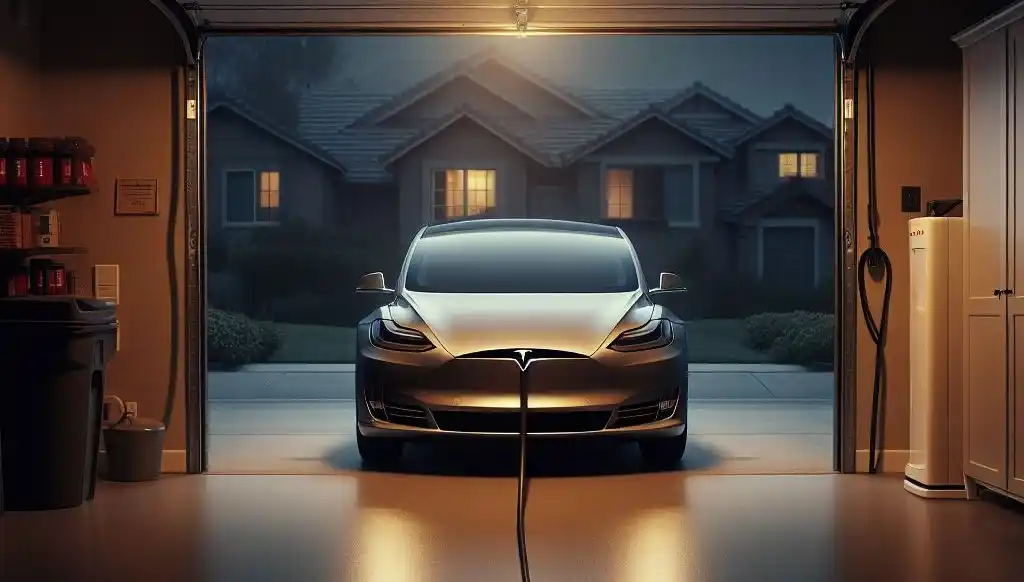
The good news is those odd popping or cracking noises coming from your Tesla or EV battery are perfectly normal the majority of the time.
The audible pops are simply a byproduct of fast DC charging systems subjecting the battery to intense electrical loads and heat in a short timeframe.
It’s the battery cells rapidly expanding, flexing, and cooling down. Annoying, but harmless overall in most cases.
However, extremely loud, frequent popping or other unusual sounds may indicate potential issues. See the next section for warning signs of problematic battery noises.
When Popping Noises Indicate an Issue
While minor popping and cracking from your Tesla battery is no concern, extremely loud bangs or other anomalous sounds may require further diagnosis.
Here are unusual EV battery noises that could signify problems:
- Loud bangs coming from a specific area of the battery enclosure
- Frequent loud popping that gets increasingly worse over time
- Popping sounds when the vehicle is locked/turned off, only from charging
- Unusual hissing or buzzing noise along with popping
- Significantly more popping noise in hot weather
Any bizarre noises drastically worse than typical thermal expansion sounds warrant notifying your dealer. They can run diagnostics to check for potential issues like:
- Faulty battery module
- Damaged or degraded battery cells
- Cooling system malfunction
- Excessive battery expansion requiring adjustment
Battery degradation or imminent failure is rare, but possible in some cases after years of ownership. Diagnosing odd battery sounds can prevent bigger issues down the road.
In hot climates especially, repeatedly hearing loud pops from the battery might indicate cooling deficiencies. This may lead to capacity loss or reduced charging speeds over time.
Have unusual battery sounds checked out to identify any potential thermal issues early and maintain optimal battery function.
Does Frequent Fast Charging Damage the Battery?
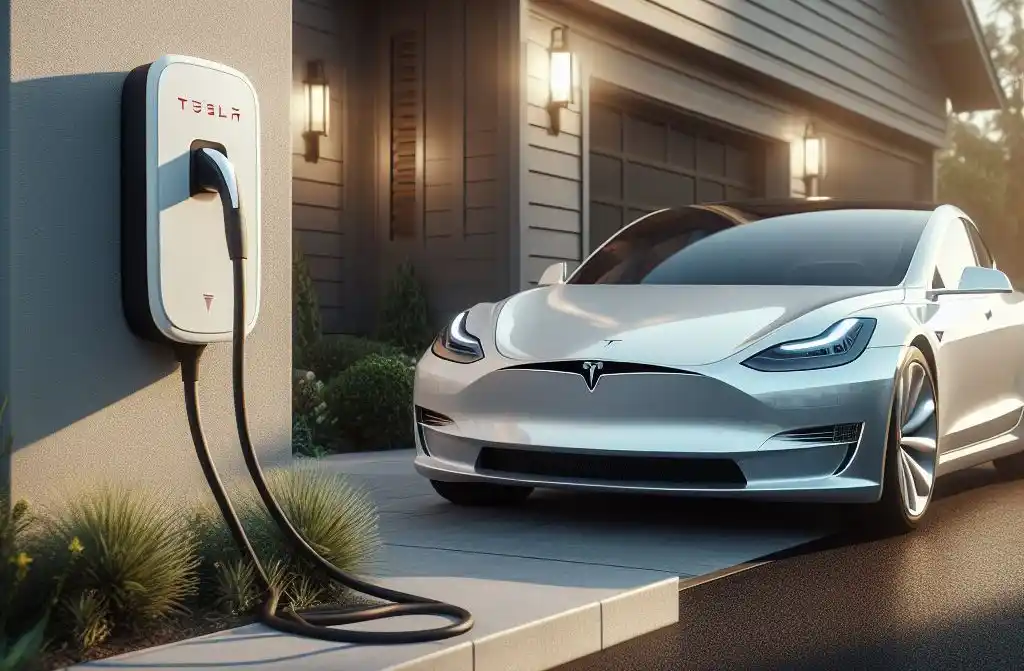
Many electric vehicle skeptics cite fears of reducing battery lifespan from repeated fast charging. So does all that heat and strain actually damage EV batteries over time?
The short answer is regular DC fast charging has a minimal effect on decreasing modern Li-ion battery lifespan compared to other factors.
Advances in thermal management and charging safeguards greatly reduce battery degradation from heat and rapid power influx.
Let’s examine why fast-charging impacts are overblown:
- Battery chemistry improvements – Modern NMC/NCA cathode chemistries handle heat and charge cycles much better than old batteries.
- Lower/safer charge voltage – Most EVs charge to ~4.1-4.2V per cell, not the battery’s max rating of 4.3-4.4V. There’s a safety/longevity buffer.
- Battery thermal management – Liquid cooling, throttling charge speed, and preheating allow consistent safe operating temperature even when fast charging.
- Advanced battery monitoring – The battery management system monitors voltage/temp for each cell, reacting to issues and balancing wear.
Consider also that not everyone necessarily fast charges daily. Many plug-ins at home most of the time, fast charging only occasionally on road trips. Home charging is gentle and causes negligible battery wear accumulation.
Of course, repeated fast charging still strains the battery more than slow Level 2 charging alone. However, it’s much less damaging than people assume thanks to sophisticated safeguards in modern EVs.
Tips to Reduce Popping Sounds When Charging Tesla Vehicles
While loud popping and snapping during charging is generally harmless, it can still be annoying for some Tesla owners.
Here are tips to potentially minimize excessive popping sounds from your Tesla battery:
- Limit DC fast charging to when necessary for long trips
- Avoid starting charging sessions when the battery is already hot
- Seek shade or charge when ambient temps are cooler
- Disable maximum charging current at Superchargers to reduce heat
- Consider battery preheating before fast charging in very cold weather
- Schedule service if abnormal sounds occur – don’t ignore warnings
The most impactful ways to reduce thermal expansion noises are slowing the charge rate when possible and charging in moderate ambient temperatures.
Even still, some minor battery movement noises are inevitable. It’s just the nature of rapidly transferring large amounts of energy into a compact space!
Now let’s get into the nitty-gritty and break down what exactly is happening inside the battery when you hear those odd popping noises…
What’s Physically Going on Inside the Battery Cells?
You might be wondering what specifically makes those snapping and cracking sounds inside the battery during charging.
Let’s visually explore how intense heating and cooling physically flexes battery cells and components:
[Diagram of thermal expansion in cylindrical battery cells]
Within each battery cell are layers of anode, cathode, and separator sheets layered together like a jelly roll.
They are electrically/thermally connected with small tabs and submerged in conductive electrolyte liquid. Each cell also has a metal cylindrical casing enclosing all the layers.
Here’s an approximate play-by-play of the popping noise process:
- Charging starts, and the battery draws high amps of DC power
- Anode and cathode layers rapidly heat up from electrical resistance
- The jellyroll expands, putting outward pressure on the cylindrical cell casing
- Charging current drops or stops; cell layers quickly cool and contract
- The jellyroll shrinking creates suction, metal case creaks and pops
Other components like module connections and the battery enclosure itself also flex to some degree when subjected to large temperature swings.
In essence, the audible pops and snaps are the battery pack itself rapidly expanding and contracting under stress!
Now you might be wondering if other electric vehicles also make strange noises while charging too…
Do Other Electric Cars Also Make Popping Noises?
Loud popping or cracking during charging isn’t an issue specific to Tesla vehicles. All modern electric vehicles produce noticeable thermal expansion sounds thanks to fast-charging battery tech.
Reviews of new EVs like the Ford Mustang Mach-E, Audi e-tron, Porsche Taycan, and Lucid Air also commonly mention hearing odd noises from the battery during DC fast charging.
For example, VW ID.4 owners report very loud “thunks” coming from the battery when plugging into 250+ kW Electrify America fast chargers.
Presumably, this results from the sudden onrush of power into the cold battery. Many also describe snaps and crackles during the charging cycle as cells heat up and then cool.
The Hyundai Ioniq 5 is another EV with ubiquitous owner comments about loud “spaceship” noises emitting from the battery pack. Of course, it’s simply from thermal expansion and contraction.
Increasingly fast charge rates in new EVs exacerbate the intensity and frequency of these thermal expansion sounds. The latest EVs charge scary fast, so their batteries get extremely hot even in normal use.
Hopefully, automakers can develop ways to suppress these annoying and alarming EV noises. In the meantime, be aware that minor battery expansion sounds are an expected tradeoff of ultra-fast charging capabilities.
Next, let’s examine the root cause of why lithium-ion batteries produce so much troublesome heat in the first place…
Why Do Lithium-Ion Batteries Get Hot When Charging?
We’ve established that modern EV batteries generate substantial heat during operation thanks to fast charging. But why exactly do lithium-ion batteries run so hot?
It primarily stems from electrical resistance and chemical reactions inherent to their construction:
- Interaction between anode and cathode materials generates heat
- Resistance from electron flow through components produces heat
- Inefficiencies in charging reactions also release excess thermal energy
Let’s break those points down further:
Electrical Resistance
Like any electronic device, Current flows through batteries encounters cumulative resistance that manifests as light and heat.
Specifically, electrons passing through the anode, cathode, current collectors/connectors, casing, etc. force their way through these highly conductive (but not perfectly conductive) materials.
That buildup of electrical friction through each battery layer continuously produces heat, especially with intense loads from fast charging.
Greater current = more heat. Fast charging can input 25+ kilowatts of power – that’s demanding!
Chemical Heat During Charging Reactions
In addition to simple resistive heating, putting energy into batteries via charging also causes warm chemical reactions.
Lithium-ion cells operate by shuffling Lithium atoms between the anode and cathode layers through charged particle exchange.
- Forcefully cramming more Lithium ions into the anode and cathode creates heat
- Side chemical reactions also produce excess thermal waste
This chemical generation of heat is very difficult to avoid even in ideal batteries and piles on top of resistive heating.
So in summary, lithium batteries run hot while charging rapidly thanks to unavoidable resistance, chemical reactions, and physical inefficiencies.
Hence the loud popping sounds as cells suddenly expand, flex, cool, and slacken under intense electrical and thermal loads!
Does Ambient Temperature Impact EV Battery Noises?
External environmental temperature definitely plays a role in battery expansion sounds too. Colder or hotter weather can amplify the loud pops and cracks EVs make under charging strain.
Specifically, both temperature extremes have noticeable effects:
Hot Ambient Temperature Effects
- Already warm battery accepts less charge power before hitting safety limits
- Runs closer to thermal ceilings more quickly
- Cells expand rapidly with less room to give before constraining
Cold Ambient Temperature Effects
- Battery management systems aggressively warm battery
- Rapid battery heating in cold weather intensifies expansion
- Noise louder initially before warmth allows safe charging
Arctic cold and blistering heat both exacerbate battery flexing effects compared to moderate ambient temperatures.
Colder weather makes the EV work extra hard to heat-soak batteries before charging. While hot climates offer less thermal overhead, so cells swell more easily.
In either case, loud pops are more prevalent with temperature extremes. Climate control can help stabilize and quiet batteries.
So if you hear popping frequently in very cold or hot weather, that may be the primary culprit!
Does Charging to 100% Increase Popping Noises?
You might assume charging your Tesla or EV battery all the way to 100% capacity leads to more intense heat and expansion noises. However, that’s not necessarily always true.
Modern EV battery management systems often throttle down charge current substantially when nearing full capacity to avoid overstressing cells.
In fact, the last 10-20% of charging generally happens at a trickle rate with minimal added thermal load or noise.
Ramping current down towards full battery also allows cells to coast to an equilibrium temperature with less shocking expansion effects.
So surprisingly, charging to 100% can actually decrease popping noise vs stopping at 80% if at a faster-sustained rate. The taper is quite gradual and gentle to prolong cell health.
That said, Tesla only recommends charging to 100% when truly needed before long road trips. Keeping batteries at ~50-90% is ideal for longevity assuming you have sufficient range.
In summary: don’t worry about loud popping noises when occasionally charging to 100% capacity. The current tapers off gently to avoid temperature extremes.
Does Battery Size Impact Popping and Noise?
Larger EV battery packs don’t necessarily crackle or pop louder compared to smaller batteries since cell composition is similar.
However, physical battery size and location do change noise projection. Larger batteries simply extend the possible area pops can emanate from.
- Rear trunk-mounted batteries in sedans can sound louder in the cabin
- Larger SUV batteries might disperse/muffle noise more effectively
The notable metric is that new EVs almost universally trend toward larger battery capacities. More range = bigger battery = more potential expansion noise!
So while a 60 kWh EV battery won’t differ much in sound from a 100 kWh pack, you’ll just hear noises coming from a physically larger section of the car.
On the plus side, bigger batteries generally charge slightly slower per cell relative to max capacity. This can temper unwanted sounds a touch.
But with vehicles like the tri-motor Cybertruck touting 200+ kWh capacities, there will be a lot of battery to make funky noises during charging!
Strange Noises When Parked – Phantom Drain or Bug?
Some Tesla drivers report hearing odd clicking or popping noises emanating from their vehicles even while parked and shut off. Is this normal or a bug?
In most instances, phantom noises with the car locked likely stem from a parasitic battery drain shutting components on and off. This discharge/charge cycling creates noticeable clicks.
All EVs exhibit some small power leakage even while parked. The complex car computer, sentry mode cameras, connected features, etc. draw trace power around the clock.
That parasitic load slowly drains the main pack until it hits a lower voltage threshold and briefly fires up charging. Then back off once topped up.
This repeated cycle of power drain and then charge clicking on/off seems the most likely cause of weird parked car sounds. Especially if it’s infrequent and from the rear battery area.
However, if you hear electrical fizzing, buzzing, or sizzling noises THAT could signal a dangerous DC current leak.
Conclusion – Why Does My Tesla Pop When Charging
In this comprehensive guide, we went in-depth on noises produced by Tesla and electric vehicle batteries during charging.
Key takeaways:
- Loud popping or cracking sounds while charging are caused by thermal expansion and contraction of the battery pack
- Fast charging generates significant heat in battery cells, making them physically swell and flex
- The noises are harmless the majority of the time and stem from normal physics
- Extremely loud or unusual sounds may indicate potential battery faults
- Several tips can help reduce the intensity of expansion noises
- Even parked EVs can exhibit odd sounds from parasitic loads cycling components
While annoying, keep in mind that minor popping and snapping from your EV battery is expected behavior. Sophisticated thermal management and battery protection systems keep your cells safe under demanding fast charging loads.
As charging speeds increase in next-gen EVs, manufacturers continue improving acoustic dampening and heat mitigation to make the process less stressful on batteries. Arguably some noises are worth the benefit of convenient rapid charging!
Hopefully, this guide gave you peace of mind on common and peculiar sounds produced by the magic of lithium-ion batteries under charge strain! Let us know if you have any other nagging questions.
FAQs: Tesla Popping Noise While Charging
Why does my Tesla make loud banging noises when I first plug it in to charge?
The loud bang at the start of charging stems from initial high electrical loads rapidly generating heat and physically expanding cold battery components. It’s startled many owners but is harmless!
Do Tesla charging sounds indicate a safety risk?
In most cases, minor popping/crackling sounds are expected from battery expansion and safety. However, consistent loud bangs or unusual electrical noises could signify potential issues, so get inspected.
Will charging to 100% battery capacity damage my EV or decrease lifespan?
Modern EVs throttle charging speeds way down when the battery exceeds ~80% capacity. This eliminates strain from topping up fully. Occasional 100% charges are fine!
Should I only charge my EV to 80% to reduce battery degradation?
Charging to ~50-80% daily is ideal for longevity. However, don’t fret about fully charging when you need max range for trips. A lower/higher state of charge has minimal impact compared to total charge cycles.
What should I do if my Tesla makes odd noises even when parked and powered off?
Weird electrical noises like clicking or buzzing from your locked Tesla may be related to normal parasitic battery drain cycles. However, seek service immediately if you hear concerning sizzling or popping sounds emanating while parked.

